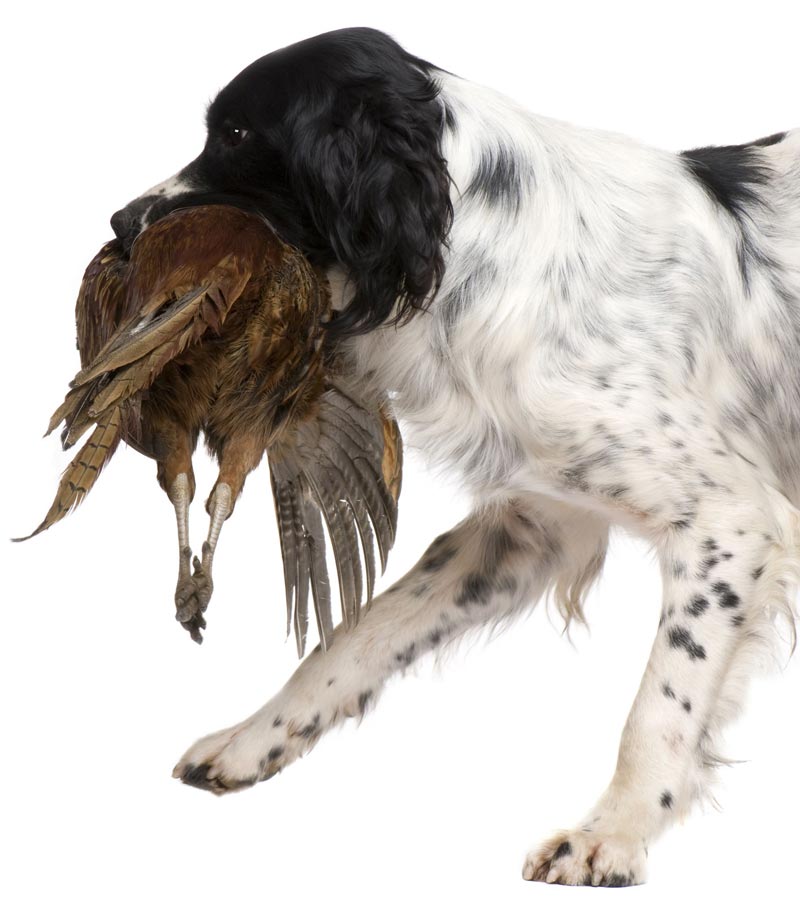ProfessionalsMembersResourcesDownloadsGuidelinesParasite ID PostersParasite Life CyclesPodcastsTherapiesTick Hosts, Habitats and PreventionFAQsScientificControlEctoparasitesEndoparasitesVector Borne DiseasesZoonosesTravelling Pets


Animals require care tailored to their individual needs. Certain factors may dictate more intensive monitoring and/or treatment, whilst others may suggest a less aggressive approach. When recommending a parasite management programme, vets, vet nurses and SQPs should consider the following (please click the plus button to view information):
Animal:
Age: puppies, kittens and geriatric animals are at greater risk than healthy adults.
Reproductive status: pregnant and lactating bitches. Be aware of patent infections and infection that may be passed from mother to offspring either in the womb or through their milk. (for example Toxocara canis, Toxocara cati and Ancylostoma caninum).
Health status: including previous parasitic infections.
History: including travel.
Environment:
Dogs: in kennels, living outdoors, living with other dogs or cats, or stray dogs and hunting dogs may be at greater risk of acquiring parasites and may require special consideration.
Cats: in catteries, stray or feral cats and cats living with other cats or dogs may be at greater risk of acquiring parasites and may require special consideration.
Nutrition:
Dogs and cats with access to rodents, slugs and snails, raw fish and raw meat including viscera, placenta or aborted foetuses, may be at risk of acquiring specific parasites.
Location and Travel:
Dogs and cats living in or travelling to specific geographic areas (e.g. for holidays or relocation, boarding facilities, shows and field trials), may be at increased risk of acquiring infections that occur in those areas. Non-endemic diseases can be a diagnostic challenge for veterinarians who are unfamiliar with them.
For further information about worm management see ESCCAP Guideline 1.
Animal:
Age and health status of the animal including its history and origin need to be considered. Any debilitating disease may play a role by rendering dogs and cats more susceptible to parasite infestations (lice infestation is more common in kittens and very old, debilitated or immunocompromised animals). Some mite infestations, notably scabies and demodicosis, can be associated with concomitant immunosuppression or ill-health.
Environment:
Dogs in kennels, those living outdoors, those living with other dogs or cats, or stray dogs and hunting dogs may be at greater risk of acquiring external parasites and may require special consideration. The same holds true for cats living in catteries, stray or feral cats, and cats living with other cats or dogs. Scabies infestation in foxes may be a source of scabies for dogs.
Nutrition:
Poor nutrition may contribute to susceptibility for heavy infestation with external parasites and/or clinical symptoms. Some mite infestations, notably scabies and demodicosis, can be associated with poor nutrition.
Location and Travel:
Animals living in or travelling to specific geographical areas e.g. for holidays or relocation, boarding facilities, dog and cat shows and field trials, may be at increased risk of acquiring infestations that occur in these areas. The seasonal harvest mite infestations are typically acquired in late summer, often in well-defined geographical locations.
Pet and pet owner lifestyle:
Pet and pet owner lifestyle may play a part in the likelihood of the acquisition of external parasites. For example, where dogs and cats visit or live close to rural woodland areas they may be likely to be exposed to some species of ticks. Reinfestation with fleas from outside the home environment may occur more readily in urban areas where cat and dog population density is likely to be highest. Infestations of fleas, especially in multi-animal households, may be more difficult to eradicate and expense can be an important consideration in these cases.
For further information about ectoparasite management see ESCCAP Guideline 3 and management of mites see ESCCAP Guideline 4.
Location and travel:
Dogs and cats living in or travelling to specific geographical areas endemic for certain vector-borne diseases, are at a higher risk of infection; for example, animals travelling with their owners on holiday or when relocating, going to boarding facilities and to dog and cat shows.
Animal:
Age and health status of the animal are important including its history and origin. Some breeds or individuals have a genetically determined susceptibility to some diseases such as leishmaniosis, while other concomitant infections may predispose to, or aggravate, vector-borne diseases.
Environment:
Dogs and cats in kennels or catteries or animals living outdoors may be at greater risk of acquiring vector-borne diseases than individual animals living indoors. The risk of transmission may also depend on various local conditions such as climate, microclimate and local topography.
Nutrition:
Poor nutrition may contribute to susceptibility to many diseases including vector-borne diseases.
For further information about vector borne diseases see ESCCAP Guideline 5.
Consideration of Pet Health and Lifestyle Factors
Suitable strategies to manage parasites depend on various factors that include:
Parasite control includes elements of management and use of parasiticides. The treatment regimen, route of administration and, if necessary, retreatment frequency, should be clearly stated for any parasite control measures. The plan may be simple or complex depending on perceived requirements. Animals may be at risk of infection with various unrelated parasites, such as insects and nematodes. Since there are now drugs that are effective against a range of parasite species or which contain combinations of different compounds that cover a broad range of different parasites, options for integrated control should be considered.
Environmental treatment including picking up and disposal of pets' faeces, good hygiene, use of disinfectant, washing bedding and vacuum cleaning is also important to eliminate possible sources of reinfection.
For information about the different anthelmintics and ectoparasiticides available on the UK market, please see the UK Therapies tables.

For more information please visit the Endoparasite and Ectoparasite sections on this website. To see the parasitology information on the pet owner section of this website please click here.